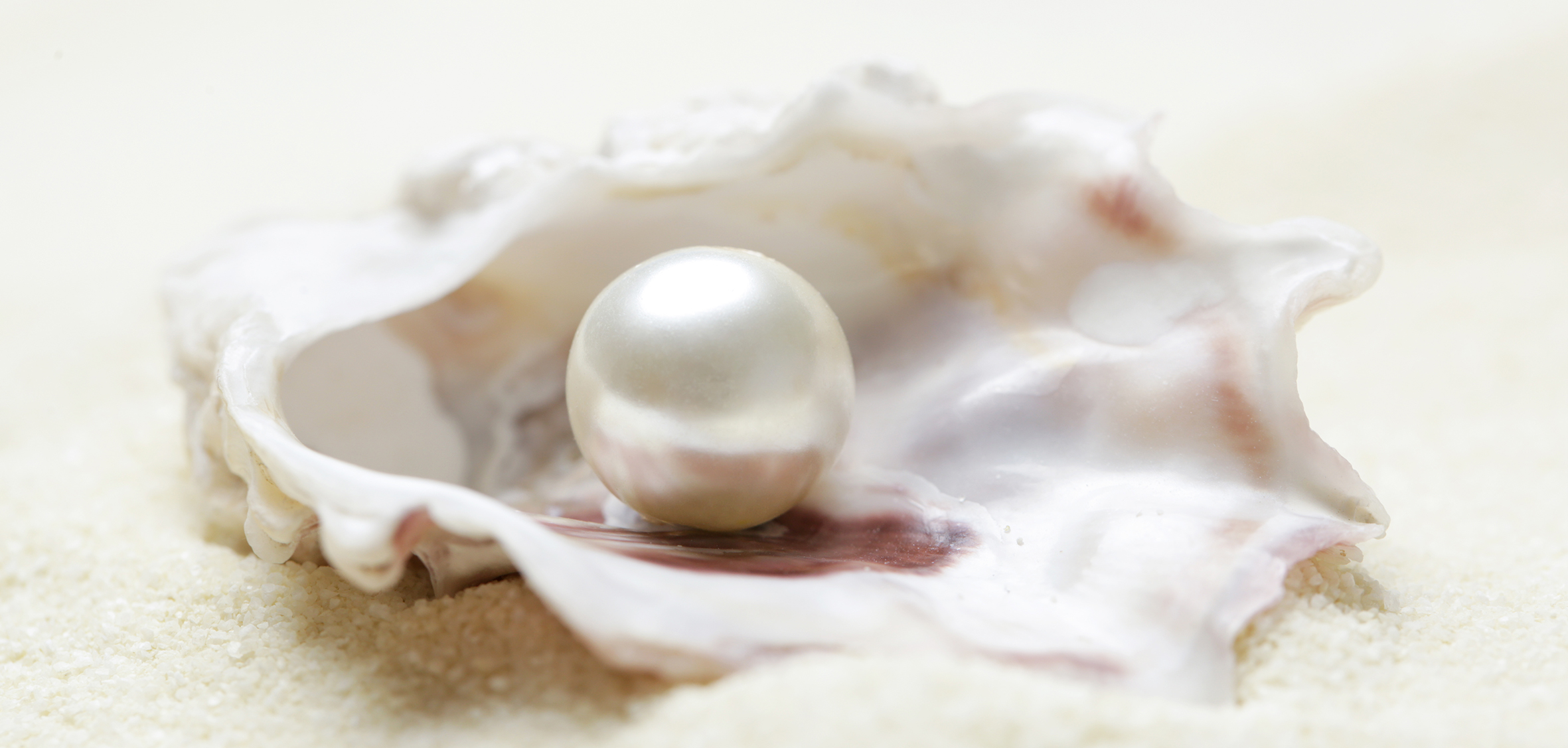In the world of gemology and fine jewelry, pearls hold a unique place, revered not just for their rarity but also for their luminous beauty. With a rich history that dates back to as early as 2300 BC in China and ancient Rome, pearl jewelry has long been a symbol of wealth and status. Among the various factors that contribute to a pearl’s allure, luster stands out as the most critical element. It is the luster that gives a pearl its radiant glow, setting it apart from other gemstones.
This article delves into the science and art behind the luster of pearls, elucidating why it is the cornerstone of a pearl’s brilliance.
The Science of Luster
Luster is not merely a subjective quality; it is rooted in the intricate structure of the pearl itself. A pearl is composed of layers of nacre, a biomineral substance secreted by mollusks. These layers are microscopic and translucent, allowing light to penetrate and refract within the pearl.
The quality of luster is determined by the thickness, uniformity, and translucency of these nacre layers. A pearl with high-quality nacre will exhibit a deep, mirror-like luster, captivating the observer’s eye.
Factors Influencing Luster
Several factors can influence the luster of a pearl, including its environment, the health of the mollusk, and even the water’s mineral content where the pearl is formed. For instance, pearls cultivated in clean, nutrient-rich waters tend to have better luster due to the optimal health of the mollusk.
Additionally, the age of the pearl can impact its luster; older pearls often have more layers of nacre, enhancing their luminosity.
Luster Versus Shine
It’s essential to distinguish between luster and shine, as the two are often confused. While shine is a surface phenomenon that can be enhanced through polishing, luster is an inherent quality of the pearl. Shine can be temporary and may diminish over time due to wear and tear, but the luster is enduring. A pearl with excellent luster will maintain its brilliance for generations, making it a valuable heirloom.
The Role of Luster in Pearl Grading
Luster plays a pivotal role in the grading and valuation of pearls. Gemological laboratories and pearl experts assess luster on a scale ranging from exceptional to poor. Pearls with exceptional luster are not only more visually appealing but also command higher market prices. They are considered investment-grade pearls and are sought after by collectors and connoisseurs alike.
Luster and Pearl Types
Different types of pearls exhibit varying degrees of luster. For instance, South Sea and Tahitian pearls are renowned for their deep, satiny luster, owing to the thick layers of high-quality nacre. Akoya pearls, on the other hand, are celebrated for their mirror-like luster, which is a result of their smoother nacre layers.
Understanding the luster characteristics of different pearl types can guide consumers in making informed purchasing decisions.
Preservation of Pearl Luster
The maintenance of a pearl’s luster is a nuanced endeavor that requires scrupulous attention to detail. The luster serves as the hallmark of a pearl, making its preservation indispensable for both its aesthetic appeal and longevity. Exposure to a myriad of chemicals—ranging from personal care products like perfumes and lotions to household cleaning solutions—can adversely affect the nacre layers responsible for the pearl’s iridescent sheen. Over time, these chemicals can accelerate the degradation of the nacre, thereby diminishing the pearl’s inherent luminosity.
To safeguard the integrity of your pearls, it is prudent to clean them with a soft, damp cloth, which effectively removes surface contaminants without compromising the fragile nacre layer. Moreover, when storing your pearls, it is advisable to isolate them from other jewelry items to mitigate the risk of surface scratches or abrasions that could potentially degrade their luster.
In Conclusion
The luster of a pearl transcends mere aesthetic appeal; it serves as a quintessential attribute that transforms a pearl from simply attractive to truly mesmerizing. This unique sheen arises from a sophisticated interplay of biological, environmental, and structural factors, all of which coalesce to manifest the pearl’s radiant luminescence.
Whether you are an avid collector, a seasoned jeweler, or simply an enthusiast with a discerning eye for pearls, an in-depth comprehension of the complexities governing pearl luster can significantly enhance your appreciation for these natural wonders. Far from being just a visual element, the luster stands as a tribute to the marvels of the natural world and reinforces the pearl’s esteemed position among the globe’s most coveted gemstones.





